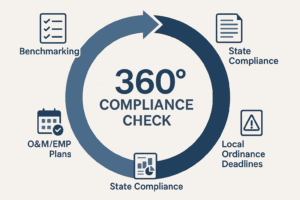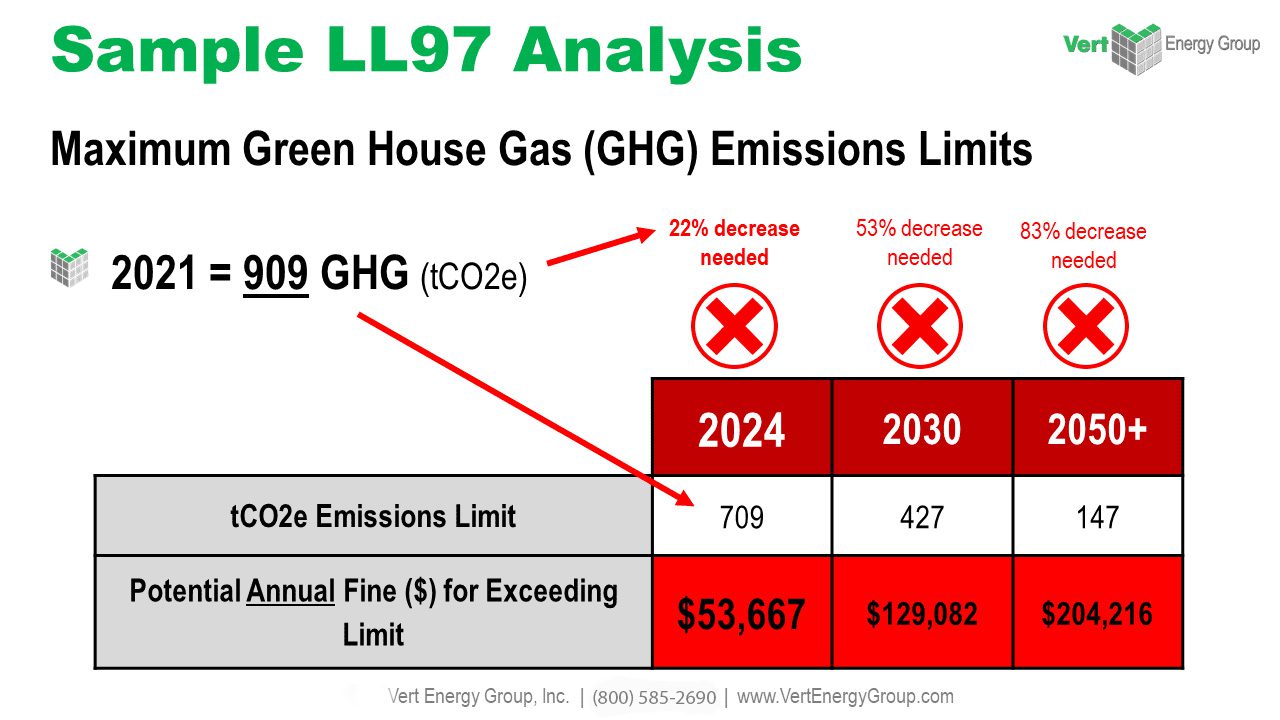In an era where change is the only constant, businesses across the globe are facing the pressing need to keep up with an ever-evolving landscape of regulatory requirements. The introduction of new benchmarking laws, designed to ensure companies not just meet but exceed standards of quality, sustainability, and ethics, has become a source of anxiety for many. If you’re tossing and turning over the implications of these laws for your business, this comprehensive guide is crafted to ease your concerns and help you navigate the tumultuous seas of compliance.
Understanding Benchmarking Laws
Benchmarking laws are not a novel concept; however, their expansion and the increasing rigor with which they are applied are relatively recent developments. These laws serve as a framework for businesses to measure their performance against recognized industry norms or best practices. The idea is that regular benchmarking fosters a culture of continuous improvement, pushing companies to become more efficient, customer-focused, and environmentally responsible.
The recent changes in these laws, often in response to global concerns such as climate change, data security, and social responsibility, have broadened both the areas they cover and the depth of their reach. This expansion means that whether a business deals in consumer goods, digital services, or manufacturing components, it is likely to feel the impact of these updated regulations.
Why New Benchmarking Laws Could be a Nightmare

It’s easy to see why the initial reaction to new benchmarking laws might be one of concern or even dread. Here are some reasons why businesses might be losing sleep:
- Complex Compliance: With each revision, benchmarking laws can become more intricate. Understanding and integrating these into a business’s existing framework can be time-consuming and bewildering.
- Cost Implications: Adherence to new benchmarks may require significant financial outlay. Investments might be needed in upgrading technology, retrofitting facilities, or training staff, potentially impacting the bottom line.
- Operational Disruptions: Transitioning to new processes and standards can temporarily disrupt the smooth running of operations, potentially leading to reduced productivity or quality during the adjustment period.
These challenges are nontrivial and can have a tangible impact on a business’s operations and profitability. But before succumbing to despair, it’s crucial to examine the full picture, which includes undeniable benefits that can be leveraged for long-term gains.
Breaking Down the Fear: The Positive Side of New Benchmarking Laws
Despite the trepidation they inspire, new benchmarking laws are not all doom and gloom. These laws are designed to promote a healthier market and more resilient businesses. Let’s explore a few silver linings:
- Enhanced Reputation: Businesses that can demonstrate compliance with stringent benchmarks can also capitalize on this achievement through marketing. Transparency about meeting high standards can significantly boost a brand’s image and consumer trust.
- Improved Efficiency: Although the path to compliance might be challenging, the result often reveals a leaner, more efficient operation. Benchmarking can highlight wasteful practices and inspire more sustainable workflows, leading to cost savings and improved productivity in the long run.
- Long-term Savings: The initial investment in meeting new benchmarks can lead to significant savings. For example, energy-efficient processes might have upfront costs, but they often result in reduced energy bills and a lower carbon footprint.
Case studies showcase that businesses which tackle new benchmarks head-on often reap rewards. Companies that have integrated sustainable practices, for instance, frequently find themselves with improved operational efficiency and customer loyalty.
How to Navigate New Benchmarking Laws
The key to successfully navigating new benchmarking laws lies in a proactive and informed approach. Implementing the following steps can make the process more manageable:
- Educate Yourself: Gaining a deep understanding of the new laws and how they specifically impact your business is the first step to effective compliance.
- Conduct a Gap Analysis: A thorough evaluation of your current operations against the new benchmarks will identify areas that require attention.
- Develop a Plan: Armed with the knowledge of what needs to change, structure a detailed action plan with clear timelines and delegated responsibilities.
- Seek Expert Advice: Legal advisors, industry consultants, and other experts can provide valuable insights to ensure your interpretation and application of the laws are correct.
By breaking down the task into structured, achievable steps, the path to compliance becomes clearer and less intimidating.
Sleep Tight: Strategies for Compliance without Stress

Transitioning to comply with new benchmarking laws doesn’t have to be a stressful experience. Here are strategies and tips to ensure you meet these new requirements with confidence:
– Leverage Technology: Numerous software solutions and tools are available to help track compliance requirements. These can automate many aspects of benchmark monitoring and reporting, saving time and reducing the risk of error.
– Build a Culture of Compliance: Companies that encourage an organizational culture where compliance is integrated into everyday practices often find it less burdensome. Compliance should be viewed not as an end-goal but as a continuous process that adds value to the business.
– Regular Training: Ongoing training ensures that all employees understand the importance of benchmarking laws and how to maintain compliance in their daily tasks.
– Stay Proactive: Instead of reacting to regulatory changes, stay informed about trends in your industry that may signal upcoming adjustments in laws. This foresight allows for smoother transitions and less disruption.
Experts in the field consistently emphasize the importance of maintaining a proactive approach to compliance. Businesses that adapt quickly and efficiently to new benchmarking requirements often experience less stress and better outcomes.
Conclusion
While the thought of navigating new benchmarking laws might initially be unsettling, the journey toward compliance can position your business as a leader in operational excellence. With a strategic approach, these laws can catalyze improvements that not only elevate your company’s standing but also contribute to a more ethical and sustainable business environment.
So, take heart, equip your business with the necessary knowledge and tools, and embrace these changes with a proactive and positive mindset. You’ll soon find that you can handle new benchmarking requirements with ease, and sleep soundly knowing that your business is not just meeting but exceeding the benchmarks that define success in your industry.
VertPro.com serves as a resourceful platform for property owners and managers seeking to enhance their buildings’ energy efficiency. The site offers a range of services, including Commercial Energy Audits, Benchmark Compliance consultancy, and a Construction Marketplace. At the heart of VertPro® is a suite of SaaS technology-based solutions designed to assist in navigating the complexities of Energy Benchmarking and Energy Audits/RCx Plus, while ensuring adherence to over 60 Energy Benchmarking and Energy Efficiency Laws across the country.
For those looking to improve their property’s energy usage and operational value, VertPro.com provides a diverse array of tools and information. The site aims to facilitate a better understanding of energy efficiency practices and legislation, helping building owners and property managers make informed decisions about their energy strategies while complying with all energy ordinances and laws.















